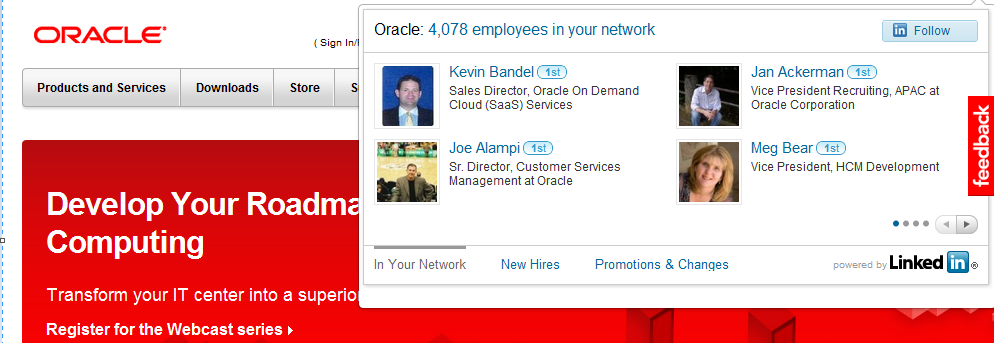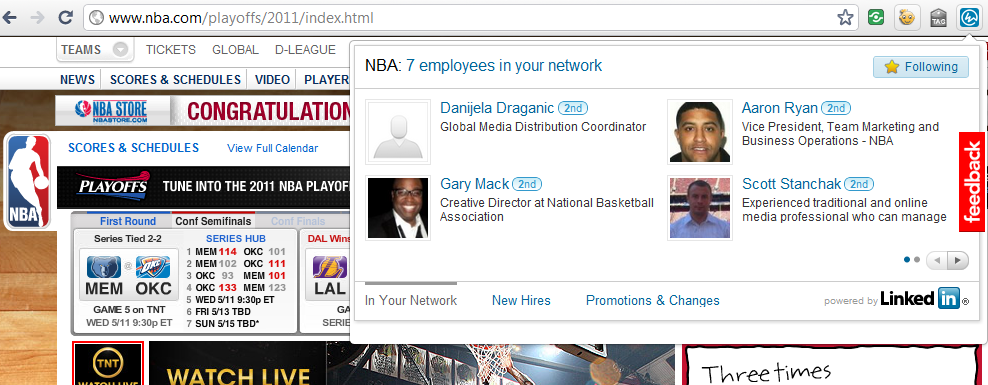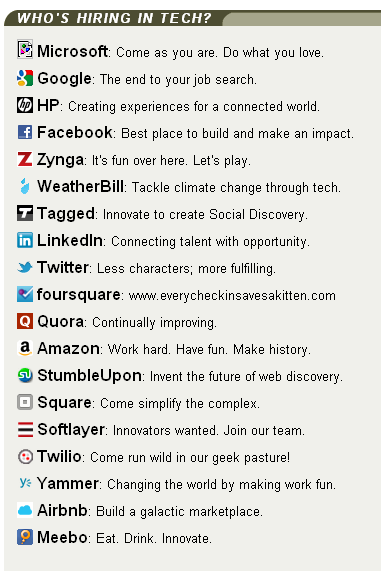The Big Picture Thinker, or Making Candidates Tap Dance
When trying to find the best candidate for the job, how many interviews are too much?
When do your standard questions become a little insulting or the screening surveys you have carefully crafted go too far, and in the process turn away candidates with the background and qualifications you are seeking, but feel taken aback by having to prove themselves during your application process?
I started to think about this while reading a recent post on The Daily WTF blog, a site normally centered around tales of dodgy computer programming, clueless end users, and mostly amusing but not really cruel hijinks and frivolity for the geeky set. Every so often The Daily WTF shares a job interview story, and while normally kind of fun, the 'Big Picture Thinker' yarn is one of the best I have seen.
So the story goes something like this:
After an in-person technical interview for an unnamed development, (or possibly managerial position), the company sends a standard, (but simple), technical aptitude test to the candidate. The test is meant to help gauge written communication skills. But in this case, not only did the hiring manager forget to attach the test to his email, he surprisingly found himself dealing with a candidate that clearly did not feel it necessary to 'prove' himself by taking the test. Take a look at the candidate's response:
----------------------------------------------------------
From: Thomas B-------
Sent: Friday, April 08, 2011 10:37 AM
To: James S------
Subject: RE: Written Test
When a big picture thinker with nearly 20 years of experience in
IT sends you a resume and cover letter like mine and says that he
can help you win a client that is pulling in 1.3 Billion per year,
here's what you don't do:
1. Set up an interview with a couple of in-the-box thinking
Microsoft drones with questions on minutia.
2. Hand him a test to see what his "style", attention to
detail, and problem solving approach is.
Here's my style: I am certain that I can run circles around your
best developers with my own, original, incredibly efficient model;
but more importantly, I am a director that can help them run
circles around their own current misguided misconceptions. But I
am thankful for this lesson, as I have learned that I need to add
a cover to my cover letter that reads: If you are an in-the-box
thinking Microsoft house, and you find yourself regurgitating
terms like OOP, MVC, TDD, BDD, Cucumber, etc..., without really
understanding what it all means and how much it is actually
costing your company to have bought into that industry pushed
bullshit, then DO NOT contact me. I'd save you too much money,
and you obviously do not want that.
So the question now is: Did I pass the test?
The answer is: Fuck yes I did.
Thomas B-------
PS. You forgot to attach the quiz.
Do this: Print out a copy of it, ball it up, and throw it at
your own forehead, because that's what I would do if I were
there.
-----------------------------------------------------------------------------------------
Classic, and kind of instructive. Sure, Thomas B. the candidate in question is quite likely a pompous jerk, and doesn't seem like the type of employee that would be a great addition to the team. But it is also likely that he probably did possess the basic technical qualifications for the job, and that his experience and resume details would have borne that out.
I get the need for organizations to be careful, thorough, and sure, (or as sure as you can be), before pulling the trigger on a new hire. The stakes are high, the pressure to find top talent is palpable, and the costs of making a bad hire are high. But at the same time making candidates unnecessarily jump through hoops, answer incredibly basic questions, and otherwise put them into a kind of disrespected and subservient position is not really warranted either.
So the next time you are about to administer that 'test', think about whether or not you too should 'print out a copy, ball it up, and throw it at your own forehead.'

 Steve
Steve




